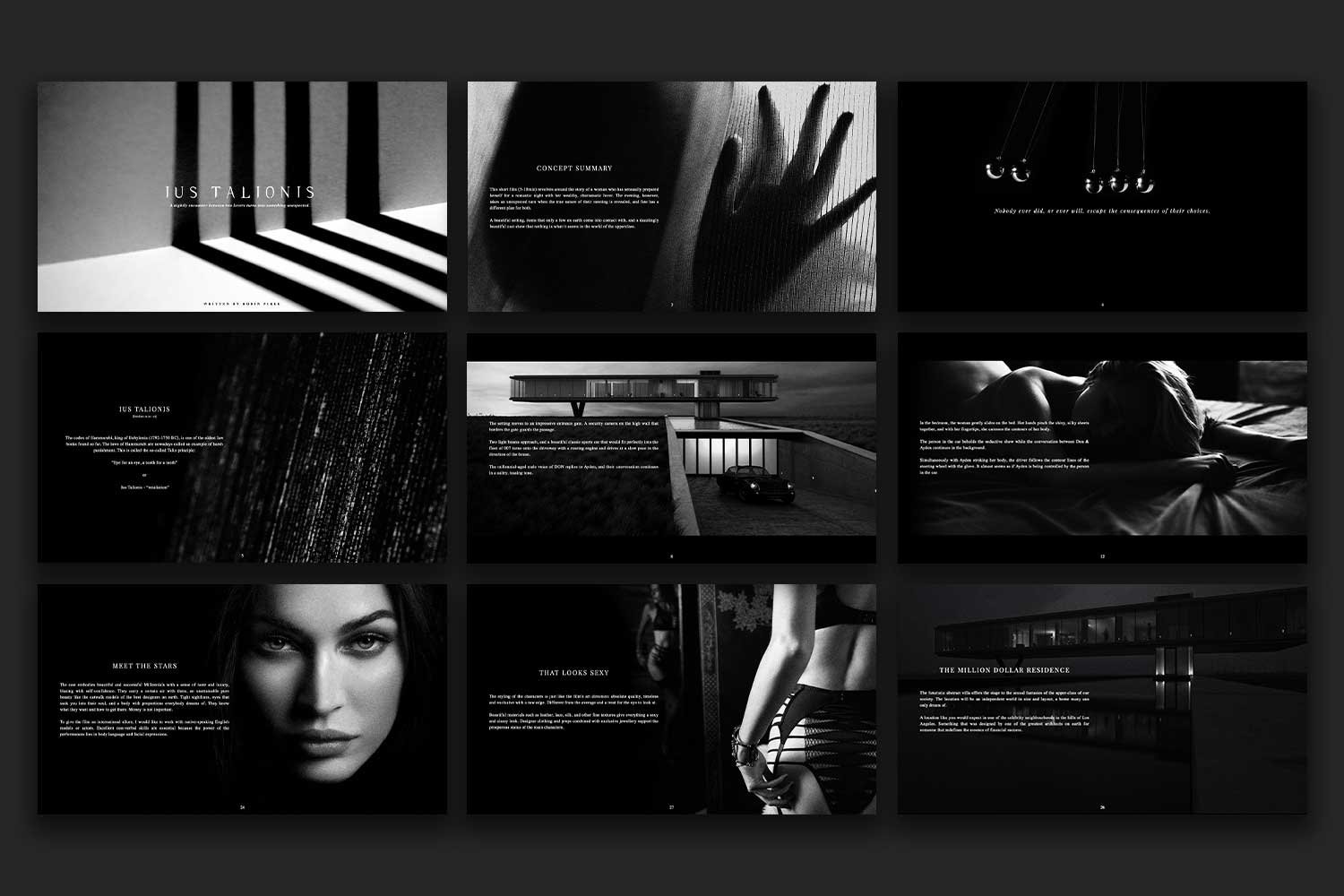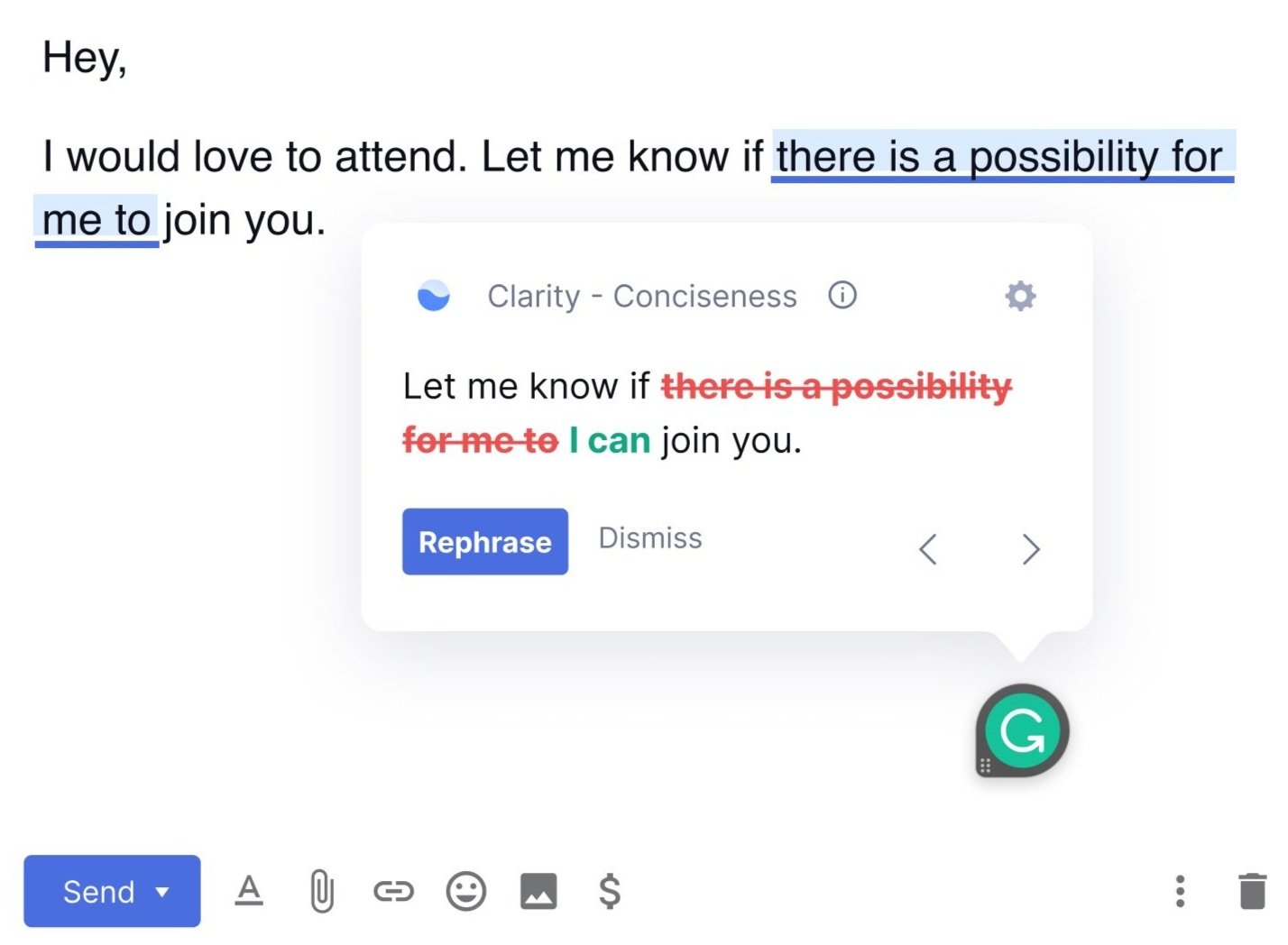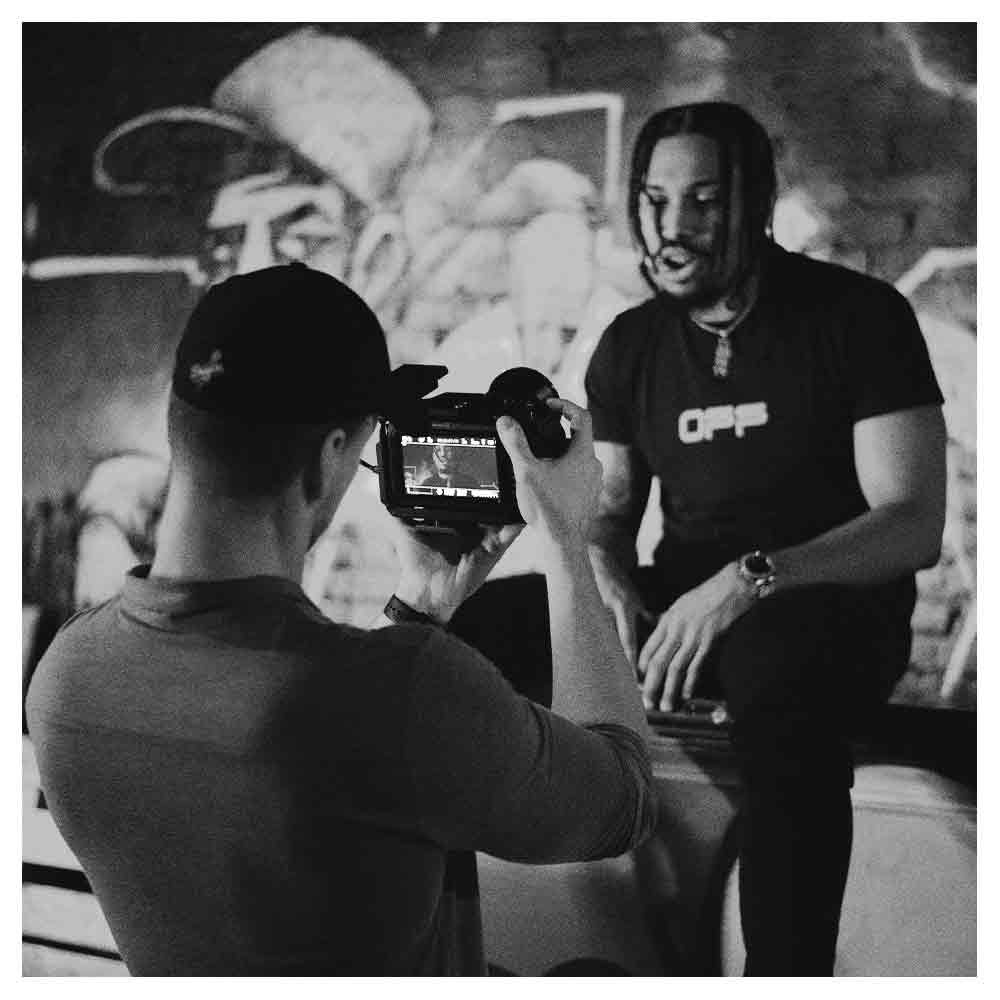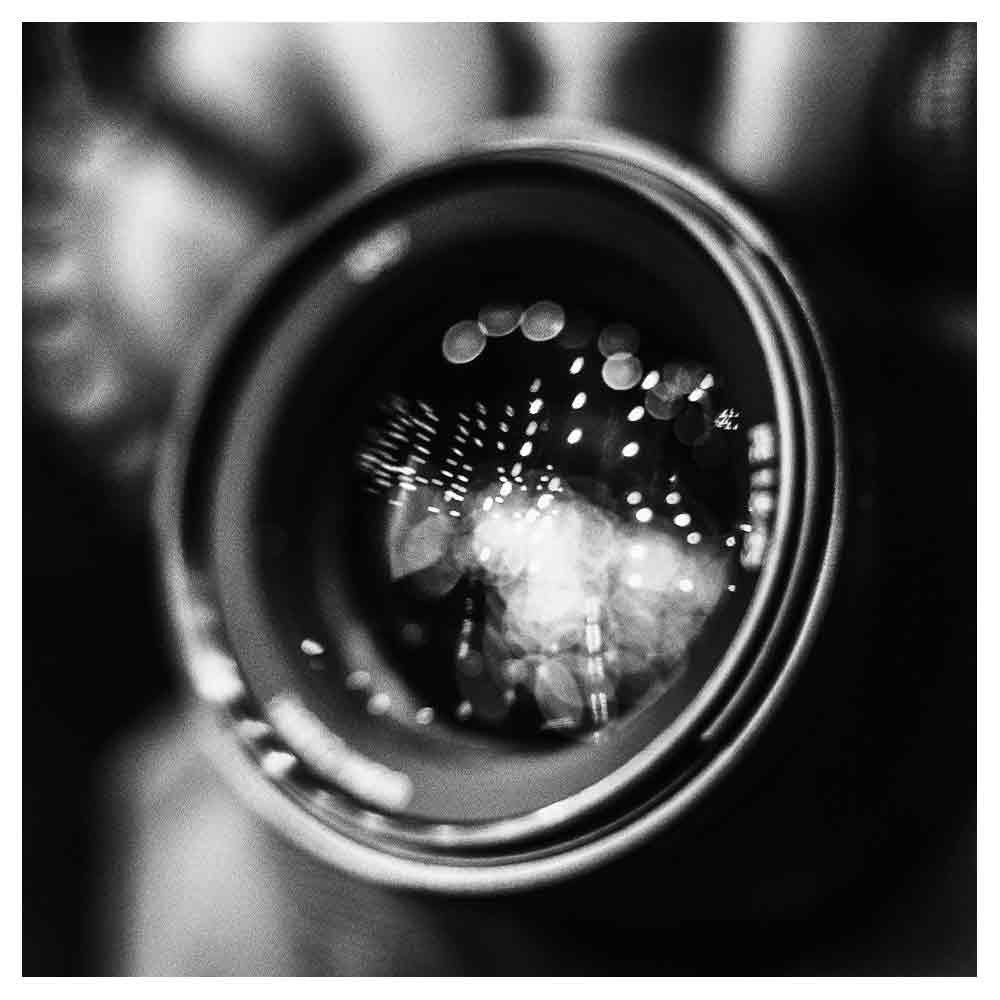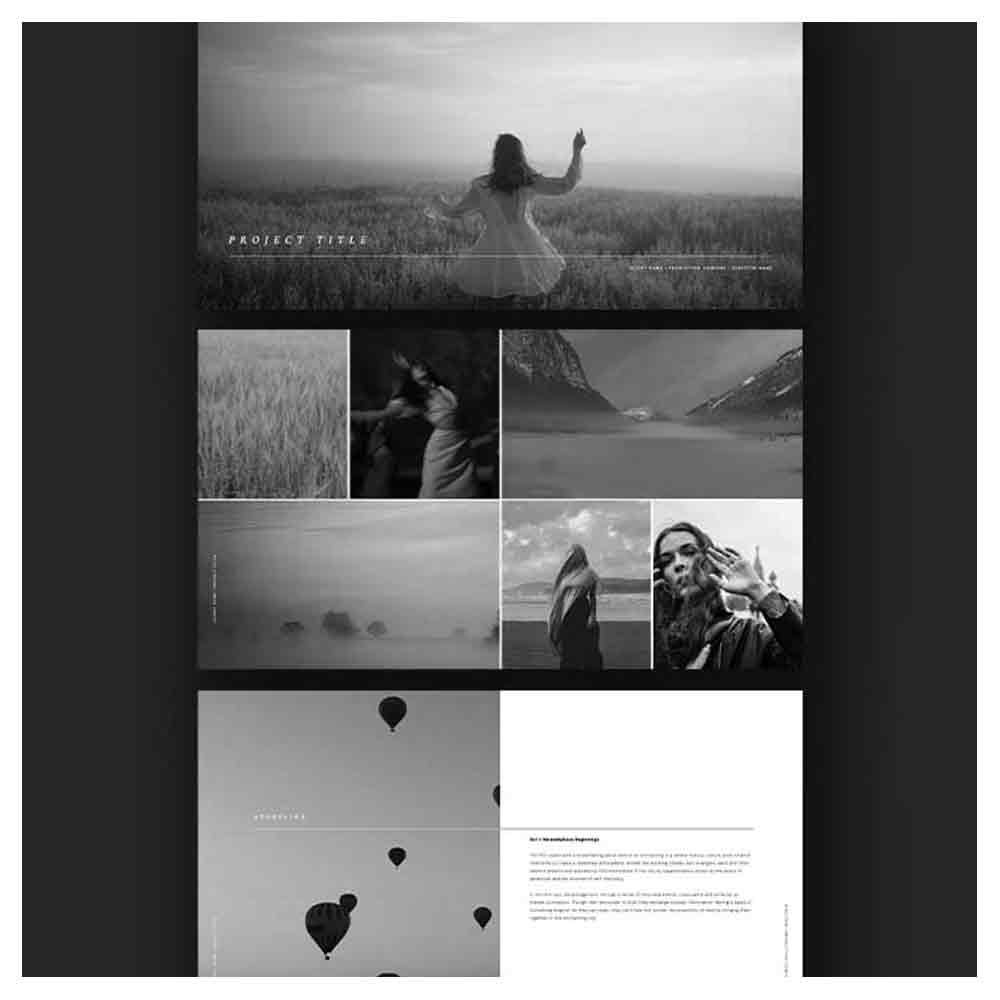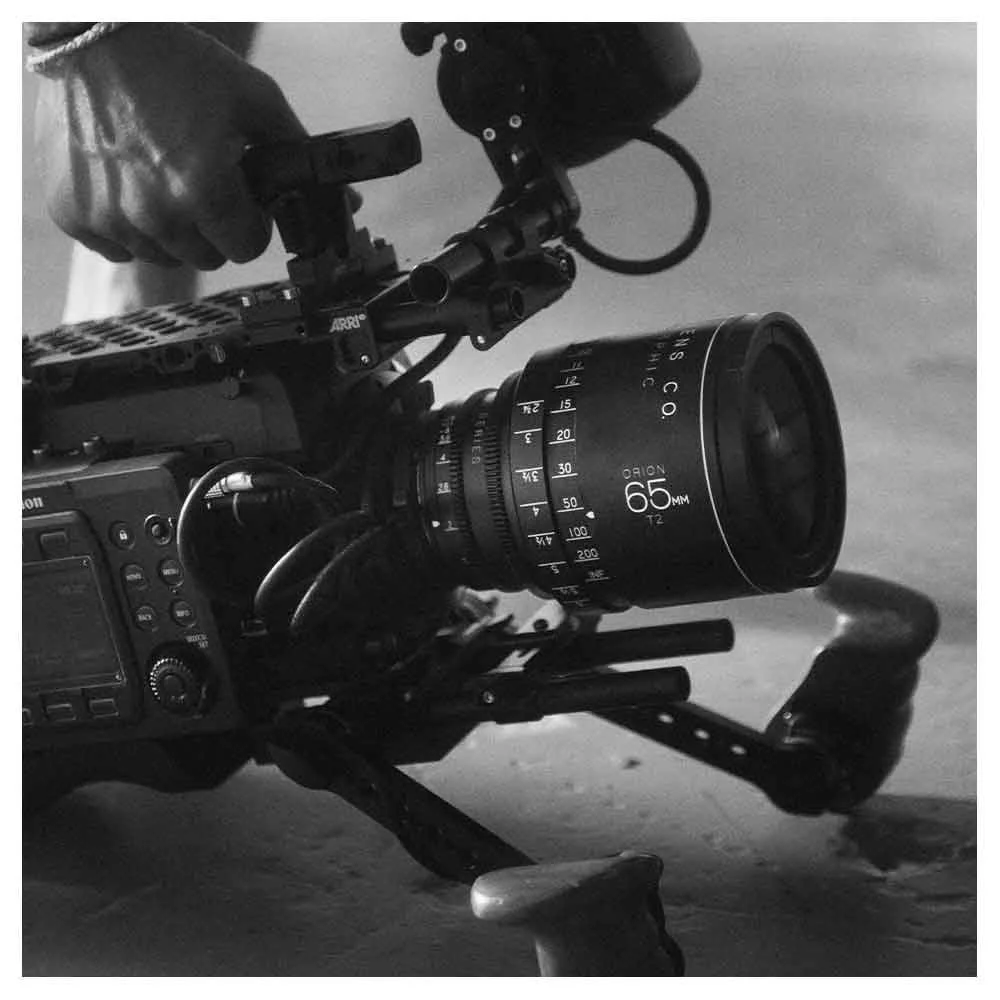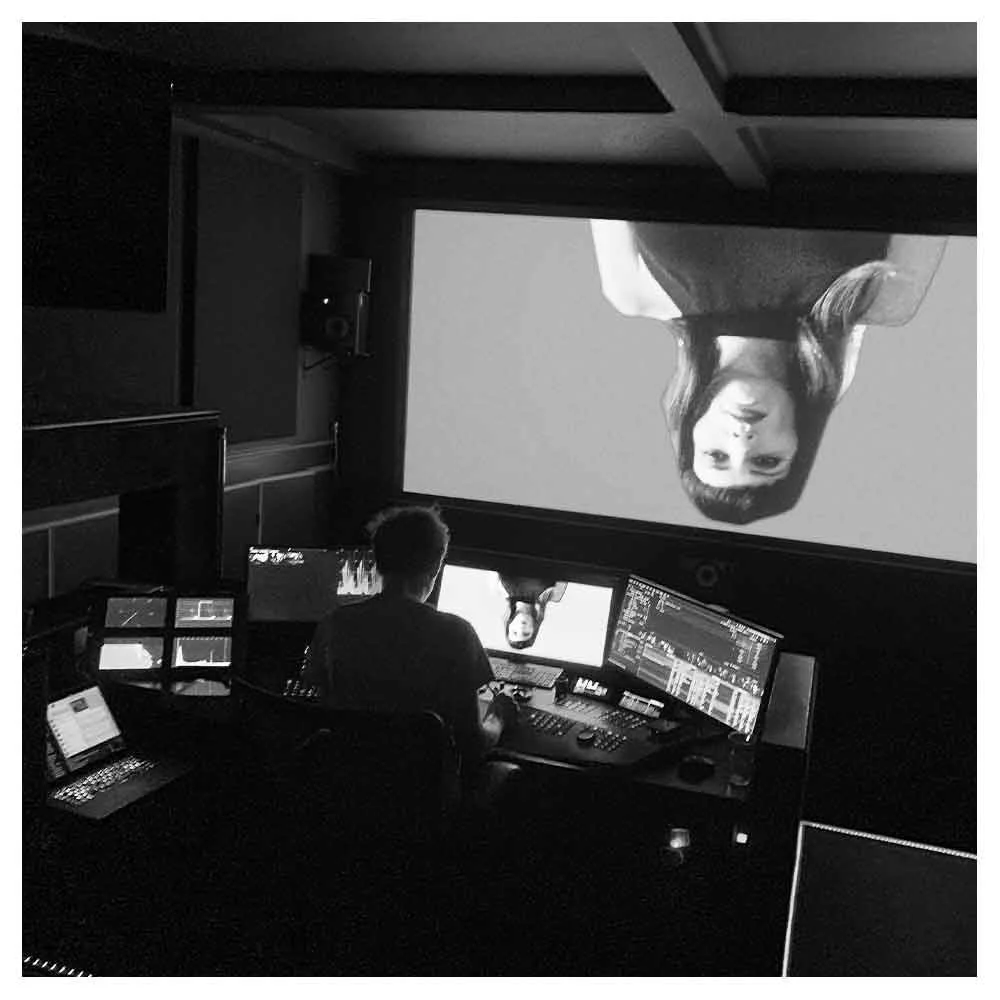How To Make A Short Film? A Step-By-Step Guide
Do you want to make a short film but need help figuring out where to start? I know what it's like because I've been there as well.
A few years ago, I embarked on the adventure of making my first short film project, and in this article, I wanted to explain how to make a short film by breaking down this experience into a step-by-step guide.
I will walk you through all the major production elements and explain how I wrote a short film script, found the cast and crew, made a storyboard, filmed on location, cut the film in post-production, and distributed the final result.
I’ve attached all the documents used for filming, like the director's treatment, short film script, storyboard, and shot list, as a FREE DOWNLOAD in the text.
I hope this breakdown will help shape some clarity of the short movie filmmaking process and guide your next short film quest.
Enjoy the ride!
Table of contents:
The final result of this short film adventure.
What is a short film?
Before we discuss how to make a short film, let’s first align on what a short film actually is. As the name implies, a short film is typically shorter than a traditional feature film, ranging from one to 30 minutes in length.
Short films can be fiction or non-fiction, often exploring experimental storytelling techniques or innovative narratives. Despite their shorter runtime, short films can be just as impactful and powerful as longer films.
The final results are usually screened at film festivals or online platforms like YouTube and Vimeo, offering viewers a thought-provoking and entertaining experience in a bit-size format.
The short film behind-the-scenes video.
Why make a short film?
Short films are an excellent way to flex your creative muscles, practice your filmmaking skills, try new short film ideas, and experiment with different storytelling techniques, styles, and genres without a feature film's time commitment or budget.
My motivation for making a short film was to gain experience working with actors. At the time, I was losing many project pitches because I couldn't prove to the prospect that I had experience working with professional actors, which was required for those specific opportunities.
After another project opportunity loss, I decided it was time to turn the tide and came up with a short film idea, and the goal was never to lose a project based on that argument again.
The short film movie poster.
How to Fund a short film?
The biggest challenge of making a short film is finding the budget to fund the project.
The first and most obvious option to fund short films is with your own money. Another option often used by filmmakers to find a budget is using crowdfunding campaigns on platforms like Kickstarter, GoFundMe, and Indiegogo to solicit donations from friends, family, and strangers.
My idea for funding this short film was to get a video production company on board to give the project more credibility and then contact brands to try and sponsor the project with product placement and a marketing campaign.
Creating a director’s treatment for the short film
To help me with this quest, I created a so-called director's treatment—a digital pitch document packed with flowery language and eye-catching imagery to give the people working at the video production companies a visual understanding of the potential outcome.
I knew that if I could combine such a treatment with an email pitch outlining the benefits of onboarding such a project, I would have a better chance of finding the right partner for this quest.
Creating such a film pitch deck requires time investment upfront, but it will help to quickly get to a 'yes' or 'no' further down the road and can be a helpful tool to find the money you need to fund the project.
If you're interested in what a short film treatment could look like, you can download my director’s treatment for this project here for FREE!
A strange detour
After several weeks of shopping around my director's treatment at video production companies in Amsterdam without success, I contacted a video production company called Neuland Films in Dusseldorf, Germany.
The producers told me they wanted to extend their director’s portfolio and thought exploring future collaborations would be interesting.
After a meeting in their Dusseldorf office, they added my portfolio to their website, and if an exciting opportunity came along, they would include my showreel in the client pitch.
finding the short film budget
Initially, I didn’t think of offering them my director's treatment for this short film because of the geographical distance, but a few weeks later, something magical happened.
I received an email from the company's owner saying they had a cool project for their directors coming up. Their idea was to invest € 5,000 into a commercial project with a major brand or a short film with actors to help boost their portfolio.
I felt like I had found gold at the rainbow's end, and I saw this as a perfect opportunity to submit my short film treatment to the producers, who loved my idea!
A few weeks later, we came together to discuss the project details, and the production train took off.
A few pages from my original director's treatment for this short film.
How To Write a short film script?
The next step after securing the funding was writing a short film script. I had never written a film script before, so I watched dozens of YouTube tutorials on how to write a script and analyzed feature film scripts on IMSDb, the web's largest movie script resource.
Focus on what, not how
When researching scriptwriting and analyzing other people's work, I noticed that every writer has their own writing preferences and will give you different advice on how to do it.
I discovered that all the good movie scripts had one thing in common—they focus on vividly describing what happens on screen in a three-act structure (beginning, middle, end) and not too much on how the actions should be portrayed, played, and captured.
I believe the director, actors, and other filmmaking departments should determine how the project should be done. Therefore, a good film script should not include technical descriptions, camera movements, or notes on what a character thinks and feels.
The secret to writing a good film script is only focusing on describing what happens on screen, like telling a story to a friend.
Although this guideline is not 100% accurate, depending on whether you write action or dialogue, one page of a screenplay translates into one minute of the film. So, to make a ten-minute short film, you must write ten pages of a film script.
Use script writing software
Whether you write a blog article about how to make a short film or a script for a short movie, I believe writing is all about re-writing. You’re not going to write the perfect first draft, so the challenge is to get started and begin the repetitive process of refining it as you go.
Before I arrived at the final version of my screenplay, I wrote about ten versions using a screenwriting software called Final Draft. This industry-leading screenwriting software package is specially designed for the film, TV, and advertising industry.
It immediately formats all your writing correctly and allows you to streamline the writing process with grammar editing tools.
Next to Final Draft, I used an additional free tool for script writing called Grammarly.
Because English is not my native language, I make many grammar and punctuation mistakes in my writing. To help eliminate all those mistakes, Grammarly automatically detects and removes errors in the text as I write, as shown in the picture below.
ask for feedback
Once I felt like I had a solid draft of my short film script, I asked a professional screenwriter with whom I had previously collaborated on several commercial projects to analyze my screenplay.
I believe having it looked over by someone they're doing is essential who knows what to avoid story holes or other rookie mistakes.
The screenwriter gave me a few quick tips and tricks to finish the script, and we then had a solid foundation to go into production.
If you want to see my script for this short movie, you can download the screenplay we used for filming here for FREE!
A few pages of the short film script I wrote in Final Draft.
The Short Film Pre-production
With the script, budget, and producers on board, it was time to find the cast and crew to help bring this project to life.
When finding cast and crew members for a (low-budget) short film, friends, family, and filmmakers, Facebook groups can be a great place to start. These communities have (tens of) thousands of active members asking questions and seeking advice.
Because I onboarded a video production company with employees, their staff helped me set up all the productional logistics.
As a bonus of working with an established company, we could use favors at camera rental companies and get crew members on board for free with whom the video production company regularly collaborated on paid commercial projects.
Scouting locations
I think a good location can make or break a film project, but finding the right one can be challenging. Regarding location scouting, Google Search and Google Street View are usually my best friends. Other nice platforms to find locations for filming are:
Peerspace (US)
The Location Bank (EU)
UK Film Location (UK & EU)
Film Locations (UK)
Giggster (Canada, US, UK, Australia)
Set Scouter (Canada & US)
LocationsHub (US)
Airbnb (Worldwide)
Booking.com (Worldwide)
To help us find a modern design villa for this project, we started by exploring the options on Airbnb. Unfortunately, we couldn’t find something suitable.
Luckily, one of the producers came up with the idea of filming at a location where they had previously filmed another project.
It was an extraordinary building just outside Dusseldorf called The Langen Foundation. This building used to be a former rocket launch station used by the NAVO and now serves as a contemporary art museum.
After a location visit, we concluded that this was the perfect spot for filming our project. We made a deal with the museum manager via mail (always make sure to have agreements in writing) to rent the location for two consecutive nights after closing hours.
Unfortunately, for copyright reasons, all the art had to be removed from the exhibition rooms where we wanted to film.
And because we had no money for an art director or additional furniture, we decorated the place with my own bed and furniture, forcing my girlfriend to sleep on an air mattress on the floor of our empty house.
Finding the cast
The next challenge was finding the cast for this short movie. Because the project involved English dialogue, I wanted to work with native-speaking English actors—preferably living in Germany.
I started looking for actors on Facebook groups dedicated to acting and posted a casting call. Although I received many responses, there was no good fit.
My next route was finding professional actors through casting agencies and casting websites. I dedicated two days to finding every possible actor agency in Germany via Google, going through their talents, and sending them an introduction message with my director's treatment (print screen of one of those emails below).
Eventually, after chatting with a few great actor options on Zoom, I found the cast with whom we made a deal for a small fee.
Making a shot list
I know firsthand how overwhelming the number of words on paper can be at the start of a project and not knowing how to bring those ideas to life visually. Breaking down a script into a shot list, scene breakdown, and storyboard is often the answer to help translate words on paper into a manageable operation.
I always start this filmmaking process by breaking the script into a shot list using Apple’s free Numbers software. You can use Microsoft Excel or the free Google Sheets service if you don't have a Mac computer. TIP! Use pastel colors to color the columns and rows to separate the different locations, scenes, or characters.
When it comes to making a shot list, you can break down the story into as many shots as you want, but at the end of the day, you are limited by the number of hours you have access to the location, cast, and crew.
So, as a guideline for making the shot list, I always look at the camera and lighting setups (individual shots) versus the number of available shooting days. I use this as a metric because setting up lights and cameras and rehearsing the shot is what consumes the most time during a day of filming.
In my experience, on an average 10-hour single-camera production day, you can have 16 different camera and lighting setups when working with a larger camera and lighting crew. This can, of course, be more if you work faster on longer shooting days with more crew members (or no crew at all if you only work with a camera and no light).
Because we rented the museum for two days, the maximum number of setups for the shot list was 32. If you want to see the shot list we used for filming, you can download the final result here for FREE!
storyboarding & Scene Breakdown
With the shot list as a reference, I started creating a storyboard. Because my drawing skills are similar to a six-year-old's, I used an Emmy Award software called FrameForge.
Via a platform called 3D Warehouse, I found a 3D model of The Langen Foundation, uploaded this model to the storyboard software, filled it with furniture and characters, and placed the camera in and around the digital building to find the best camera angles.
If you want to see the final storyboard I made for this short film, you can download the final result here for FREE!
Next, I made scene breakdown overviews of the scenes using the Shot Designer software. This is a ridiculously simple-to-use software package that only costs $19.99. These scene breakdown overviews helped communicate with the cinematographer.
time schedule & call sheet
The nice thing about having a proper shortlist, storyboard, and scene overview is that it’s very easy to schedule a filming time. For this project, we printed the storyboard, cut out all the shots, and placed them in the order we wanted to film them.
This filmmaking process gave us an excellent overview of the workload and made it easy to make a call sheet—a document that tells cast and crew members everything they need to know about the day of filming.
If you want to see the producers' final call sheet, you can download the final result here for FREE!
How To Film a short film?
I believe that if you’ve done all the preparations correctly, filming the short film on set becomes “easy.” It’s just a matter of getting all the shots you need so you can tell the story you want to tell.
In my experience, the more prepared you are, the better you can freestyle, shift, and adapt if something unexpected happens.
Filming the short film
After months of preparation, it was finally time to film this short film! We separated the two-day film shoot into filming inside and outside the building.
When the museum closed its doors to the public, we were allowed to enter the premises, and we started decorating the location with my furniture.
Due to a miscommunication, we received news that we had to leave the location two hours before our original wrap time on both shooting days. It meant we had four hours less to film—a big chunk of time!
Luckily, because I had storyboarded and staged the whole play digitally in advance, we could work pretty fast and combine setups for different takes.
The workflow we used was preparing the gear and actors when we arrived. Then, we would rehearse the scene or actions with the actors, positioning the camera with the cinematographer to find the best angle to capture the action and adjusting the lighting to the shot.
Eventually, filming went pretty smoothly on both days, and we left the place strictly at the minute of the new deadline.
directing actors
Because I had never worked with professional actors before (this was why I made this short film in the first place), I studied and read many books about directing actors.
One was the film director’s bible, Directing Actors: Creating Memorable Performances for Film & Television, by Judith Weston, which I highly recommend giving a read!
In the days before the shoot, the actors and I had several Zoom calls to discuss the tone of voice of the story and my vision for the film. On the day of the shoot, I instructed the actors that no matter what happened, they were allowed to freestyle and be alive.
Because I like a very minimalistic natural acting style, I was able to direct the actors and tweak the performance by giving simple directions & notes, such as:
Just give the lines to each other.
Keep looking her in the eyes at all times.
No need to push.
Be a person, not a character.
Let’s take it easy, and connect with each other.
Let yourself hear what she’s saying.
Don’t say the lines unless you feel like it.
The short film's post-production
Months of preparation and two long nights of filming at the location outside of Düsseldorf were followed by the toughest post-production process (editing all the footage into a cohesive narrative, adding music, sound effects, visual effects, etc.) I have ever gone through.
It was hard because we couldn’t bring another editor on board, so I had to jump behind the editing software to cut the project myself. And because I was so emotionally involved in this project, I had a hard time keeping a birds-eye view of the story and killing some darlings in the process.
I started cutting the film in Adobe Premiere, only using the individual shots and raw audio, and later, I started adding some template music to discover what kind of vibe would work for the film.
After many weeks of struggling with the editing software and trying what felt like a million different options, I finally found a narrative flow that felt right for the story. To add some production value to the project, I added subtle stock footage, like the moon, thunder, smoke, and fire.
On top of that, I asked a visual effects artist to do a few after-effects touch-ups, model a flying gun, and ask a film composer to build a custom-made music score for this short movie.
The finishing touches
For the finishing touches, I spent a few days in an audio studio with a sound designer, adding subtle sound effects to highlight specific movements and bring the film noir world of this short film to life.
To finalize the images, I spent two days with a color grader tweaking the color palette of all the images in the color grading studio.
To give the short movie a soft and classy black-and-white look, we looked at the works of one of my favorite black-and-white photographers, Vincent Peters.
For reference, I brought one of Vincent’s coffee table photography books to pinpoint precisely which visual elements I liked.
Finally, after two and a half years since the first idea sketch and a lot of blood, sweat & tears, I had a final film cut that was ready to see the light of day.
Alternative resources
Regarding the post-production process, I was lucky to have these specialists in my network and bring them on board for this project for free or minimal compensation.
If you don’t have access to these post-production resources, I suggest looking at Artlist for music and sound effects. Artgrid is for stocking any additional footage to boost the production value of your project, and FX Home is for video editing, visual effects, and color grading.
If you want to add additional graphical elements like animated titles or simple visual effects, Envato Elements can be a great resource.
How to distribute a short film?
After all the hard labor and ending up with a final cut of the film, the next question is, how do you put it out into the world and get the best return on your time and money investment?
In the old Hollywood days (before the internet), people submitted their short films to film festivals. The goal was to win prizes to gain eyeballs on their projects, hoping to turn their short stories into feature films or TV series pilots.
In today’s world, that path still exists, and over the years, I’ve met dozens of filmmakers who still believe this is the only road that will lead to success. But I think other, more effective ways exist to achieve the same result.
Attention is the new currency
That initial route of film festivals mainly existed because the internet didn't exist. The early-day filmmakers didn't have platforms like YouTube or Vimeo to upload their work to an entire world stage. They needed dedicated film festivals as marketing tools to gain eyeballs on their work.
I believe in today's digital world, where everything is accessible to everyone, it makes no sense to keep the final result to yourself. People's attention is the most important currency you can get from your short film project.
The whole purpose of creating this short film was to add something to our portfolios. If we had kept it to ourselves, we wouldn’t have been able to bear the fruits of marketing the final result online.
Depending on the result you want from your short film, I believe it makes no sense to make a short film and keep it locked behind closed doors if no one sees the final result. If you want to dive deeply into new, different ways to get Hollywood attention with your short film, I suggest giving this blog article a read.
Publish your short film online directly.
Our approach was to release the project online after we finished it so the cast and crew could add it to our portfolio.
To give the premiere an extra push, we contacted the online short film platform Film Shortage, which was happy to facilitate the release of our project online! They wrote an article about the film and promoted the final result via all their social media channels.
On top of that, I submitted the final result to film festivals via FilmFreeWay. As a bonus of that approach, we could constantly share new marketing material related to the project when it was selected or nominated for film festivals worldwide.
Submitting your project to film festivals via FilmFreeWay will cost some money, so make sure you allocate some budget for your marketing if you want to follow this route. Depending on the festival's popularity, you can get a long way with $100-$1000.
Final Thoughts on making a short film
I think the most important lesson I have learned from this project is that when it comes to making short films with limited resources, it’s not about the resources you have but how resourceful you are.
If you aspire to make a short film, I hope this breakdown contains a nugget of knowledge gold to give you the confidence and inspiration to go out and make your filmmaking ideas come to life!
Before you embark on the adventurous quest of making a short film, make sure you know what you want to get out of the experience so you can determine what success means to you.
If you want to know more about making a short film and what not to do, I highly recommend reading the book “How Not To Make A Short Film.”
Although it’s a bit outdated (2009), it’s a very simple read written by a Sundance Film Festival programmer that contains a lot of common pitfalls you want to avoid when making your first short movie!
Frequently Asked Questions About How to make a short film (FAQs)
How long should a short film be?
A short film can range from a few seconds to 40 minutes or more, depending on the genre and purpose of the film. Generally, a short movie lasts under 40 minutes, but the sweet spot is around 5-15 minutes.
Remember that shorter films can be more impactful and easier to distribute, while longer films can provide more opportunities for character development and story arcs.
What's the best way to plan for a short film?
The best way to plan for a short film is to start with a storyboard. A storyboard represents your movie, with each shot or scene represented by a sketch or image.
It's essential to take the time to create a detailed storyboard that maps out the entire film. This will help you identify potential issues and ensure your vision is realized on screen.
What equipment do I need to make a short film?
The equipment you need to make a short film depends on your budget and the complexity of your project. At a minimum, you'll need a camera, microphone, and lighting equipment. You can rent or buy these items, depending on your budget.
Many great cameras are on the market, but make sure you choose one with the features you need for your project. The same goes for microphones and lighting equipment.
How important is sound in a short film?
Sound is more important than visuals in a short film because people can watch a short movie with good audio and crappy video quality but can't watch beautiful images with horrible sound. Therefore, you want to ensure your audience can hear every word and sound effect.
This means investing in high-quality microphones and recording equipment. You'll also want to consider the music and sound effects you want to use, which can significantly impact the emotional tone of your film.
How do I edit a short film?
Editing a short film is a complex process that requires skill and attention to detail. You'll need to organize your footage, choose the best takes, and cut the movie together in a way that tells a cohesive story.
You'll also want to add music and sound effects, color grade the footage, and add any necessary visual effects. Take your time with the process, or you may end up with a final product that falls short of your vision.
How can I make my short film stand out from the rest?
You need to focus on the story to make your short film stand out from the rest. Tell a story idea that is unique, compelling, and emotionally resonant. Use visuals, music, and sound effects to support and enhance the story.
Make sure that every aspect of the film contributes to the overall message you're trying to convey. And most importantly, be passionate about your project. Your enthusiasm will shine through in the final product and make it stand out from the crowd.
How can I find a good team to work with on my short film?
Finding a good team to work with on your short film is crucial for its success. You can reach out to film schools, post in online forums or social media, or network with people in the film industry.
Finding people who share your vision and are passionate about the project is essential. Make sure to discuss your expectations and goals upfront, and be clear about the roles and responsibilities of each team member.
How can I distribute my short film?
Distributing your short film can be done in various ways. You can submit it to film festivals, post it on online platforms such as Vimeo or YouTube, or pitch it to distribution companies.
It's essential to research and target your audience and make sure you're using the appropriate distribution channels for your film.
How do I overcome creative blocks during the filmmaking process?
Creative blocks are a common occurrence during the filmmaking process. To overcome them, try stepping away from the project and doing something else that inspires you.
You can also ask your team or other creatives for feedback or ideas. Remember that filmmaking is a collaborative process, and there's always someone out there who can help you move past creative blocks.
How can I make sure my short film has high production value?
Production value is vital for making your short film look and feel professional. To achieve this, invest in high-quality equipment, pay attention to lighting and sound, and consider hiring experienced professionals to help with production. A well-executed storyboard and shot list can also help ensure your film's polished and professional look.
What are some common mistakes to avoid when making a short film?
Some common mistakes to avoid when making a short film include the following:
Not having a clear vision or story.
Rushing the filming or editing process.
Neglecting essential aspects such as sound or lighting.
It's also important to be mindful of your budget and resources and plan accordingly to avoid any last-minute complications.
How can I use my short film to further my career in the film industry?
Using your short film to further the film industry is possible for your career by submitting it to film festivals, contests, or even video production companies. This can help you gain recognition, build your portfolio, and potentially lead to further opportunities in the industry.
How can I use simple shapes and stick figures to visualize my short film before filming begins?
Even if you're not an artist, using simple shapes and stick figures can help you create a storyboard to plan your scenes. This visualization acts as a pre-production guide to ensure everyone involved is on the same page from the start.
What are some economical editing software options for aspiring filmmakers?
Free or economical editing software like DaVinci Resolve or HitFilm Express can be great choices for those on a budget. They offer many of the same features as professional programs like Adobe Premiere Pro and Final Cut Pro.
Can I make a compelling story in a ten-minute film with minimal locations?
Absolutely! Many of the best short films feature a complete story in a single location, focusing on strong characters and a tight script to engage the audience. Planning and creativity are key to maximizing minimal resources.
What should I consider when creating audio tracks for my short film?
Audio quality can make or break your film. Invest in good microphones, plan your background music and sound effects carefully, and consider environmental noises when shooting on location. High-quality audio tracks are essential for maintaining audience engagement.
How do I obtain written permission for shooting at multiple locations?
Contact the property owners or relevant authorities early in your planning stage. Be clear about your shooting schedule and any potential disruptions. Having organized documentation is crucial for smooth operations on the day of shooting.
What are some creative ways to shoot a short film using only a smartphone?
Smartphones can be incredibly powerful tools for filmmaking. Use accessories like a gimbal for stabilization and external microphones for better audio. Apps like FiLMiC Pro can enhance your camera's capabilities, allowing you to shoot high-quality video that is ready for cinema.
How can writing a short script differ from preparing a feature film script?
A short script demands conciseness and efficiency in storytelling. Every scene, line, and moment must be purposeful, driving toward a clear, engaging conclusion within a limited screen time.
What tips can you offer for directing actors to ensure they deliver the best performance in a short film?
Build a solid relationship through rehearsals and clear communication. Discuss their characters in depth and be open to their input. Directing involves guiding actors to find authentic emotions that match the vision of your film.
How can I make sure my film appeals to both audiences and film festival judges?
Focus on crafting a unique, memorable story with emotional depth. Ensure the technical quality of your film is high and tailor it to the tastes of the festivals you're submitting to. Engaging films with a clear directorial voice often stand out.
What are the key stages of post-production I should never skip?
Never overlook the importance of a detailed edit, color correction, and sound design. These elements refine the storytelling and enhance the overall quality of the film. Consider each stage as an opportunity to further polish and perfect your vision.
How can I use my short film as a calling card to further my filmmaking career?
A well-crafted short film can showcase your skills and style as a filmmaker. Submit it to film festivals, share it on platforms like Vimeo and YouTube, and use it to network with industry professionals. It's your chance to make a strong impression and open doors to future opportunities.
What are some unexpected challenges I might face when I start shooting and how can I prepare for them?
Weather, equipment failures, and schedule conflicts are common issues. Have backup plans for each scenario, such as additional shooting days penciled in and extra gear on hand. Being well-prepared allows you to handle unforeseen obstacles more effectively.


